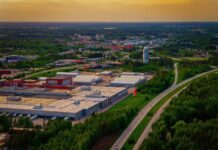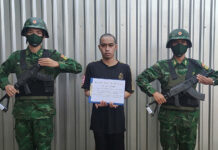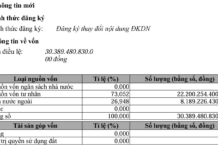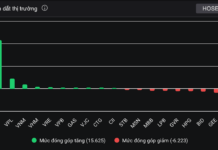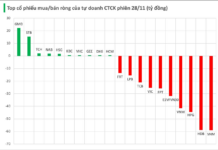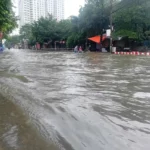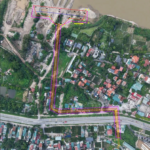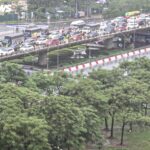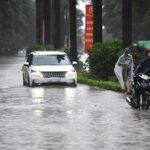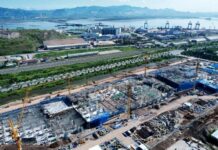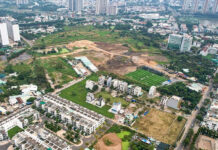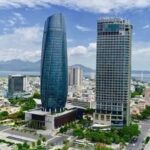On October 13th, during the inauguration ceremony of the Sóc Sơn Waste-to-Energy Plant (Trung Giã Commune), Hanoi People’s Committee Chairman Trần Sỹ Thanh addressed the city’s persistent flooding issues.
Chairman Thanh highlighted multiple causes of recent flooding in Hanoi, notably the lack of dredging in the city’s rivers and lakes over the years.
“The issue isn’t a lack of knowledge or funds, but the absence of designated sites for proper disposal of dredged sludge,” Chairman Thanh emphasized.

Chairman Trần Sỹ Thanh speaking at the inauguration ceremony.
According to Chairman Thanh, dredging rivers and lakes to improve water flow and storage capacity is not merely about removing sediment. It requires designated disposal sites and proper treatment in compliance with regulations.
He cited the example of West Lake, where a dredging project was halted due to the lack of suitable sludge disposal sites.
Chairman Thanh urged relevant agencies to expedite land acquisition for a sludge treatment plant, aiming to commence construction this year. This will pave the way for urgent river and lake dredging projects.
At the ceremony, the Chairman also instructed the Department of Agriculture and Environment to finalize the bidding process for a second waste-to-energy plant. This plant, in conjunction with the Sóc Sơn facility, will excavate and process the existing one million tons of buried waste.
“Currently, approximately one million tons of waste are buried across a 500-hectare area. With the operation of both the Sóc Sơn plant and the new facility, Hanoi aims to process this waste within 5-7 years,” Chairman Thanh stated.
He expressed hope that within 5-7 years, the 500-hectare area will be transformed into an ecological and sports zone for the community.
Sun Breaks Through, Yet Hanoi’s Deep Flooding Persists
On the morning of October 8th, Hanoi experienced a respite from the rain, with occasional glimpses of sunshine. However, by midday, numerous areas across the city remained severely flooded, significantly disrupting the daily lives of residents.
Ciputra’s Affluent District Set to Bid Farewell to Flooding Woes with Upcoming $7.7 Million Drainage Project
Unveiling a transformative drainage project for Hanoi’s prestigious Ciputra urban area, spanning 737 meters along the Red River dyke, with a total investment of 178 billion VND. This initiative aims to eradicate the notorious flooding hotspot near the Nhat Tan bridgehead, promising a drier and more resilient future for the community.
Strategies to Mitigate Hanoi’s Chronic Flooding During Rainfall
Leading experts advocate for Hanoi to shift its approach from ‘fighting water’ to ‘living with water’ by leveraging existing urban spaces such as parks, plazas, and parking lots as temporary water storage areas during heavy rainfall or high tides.





